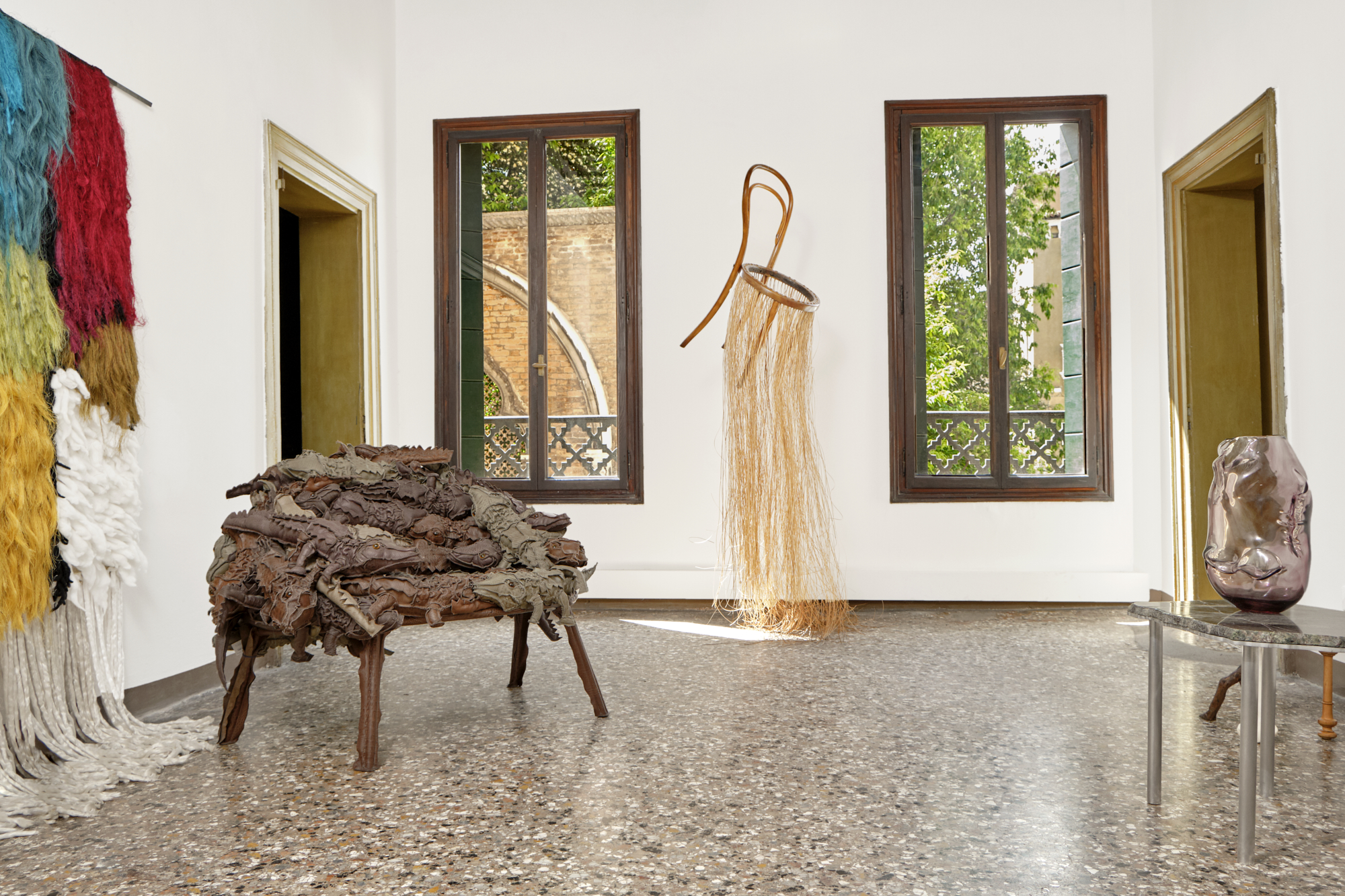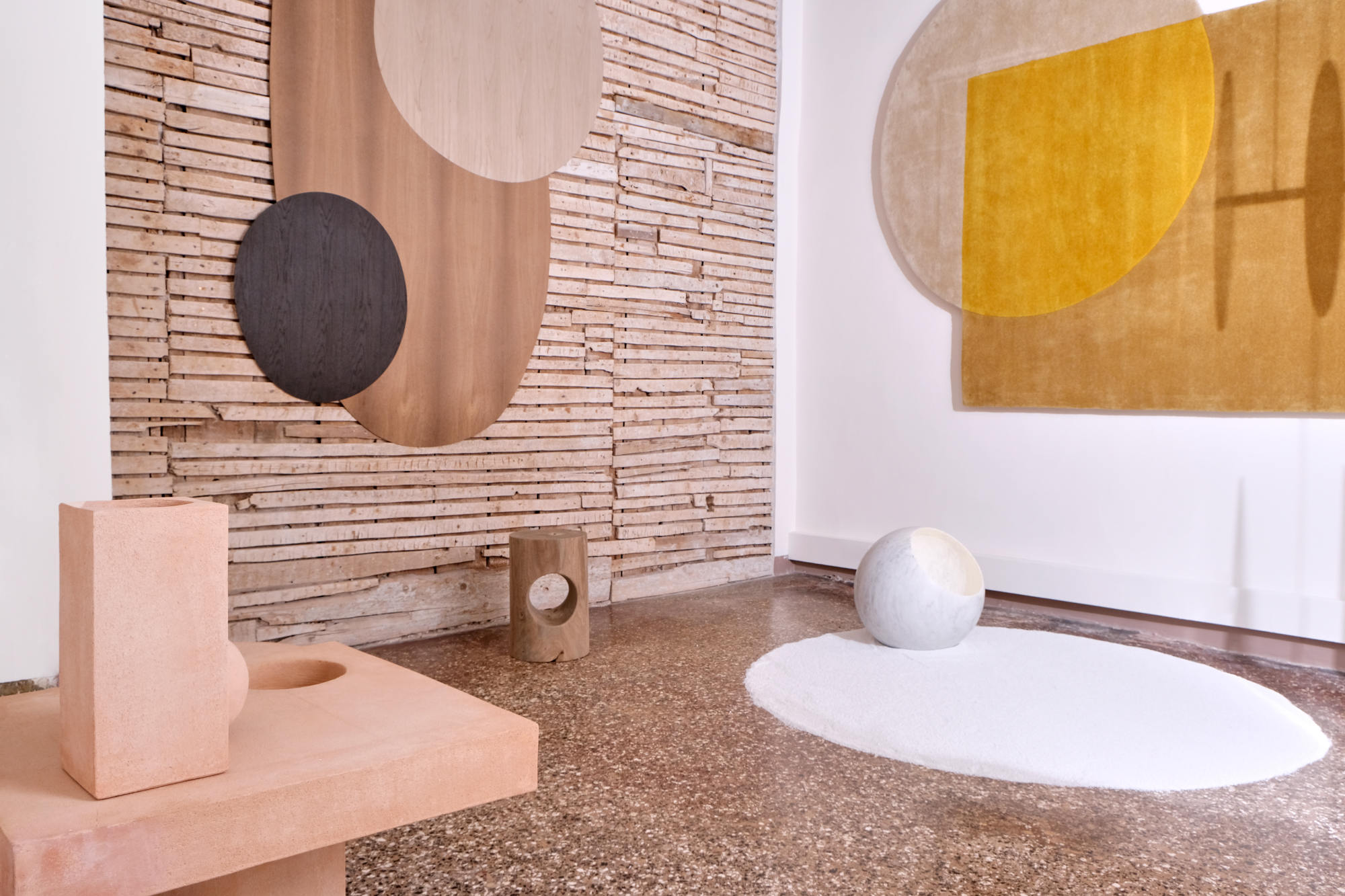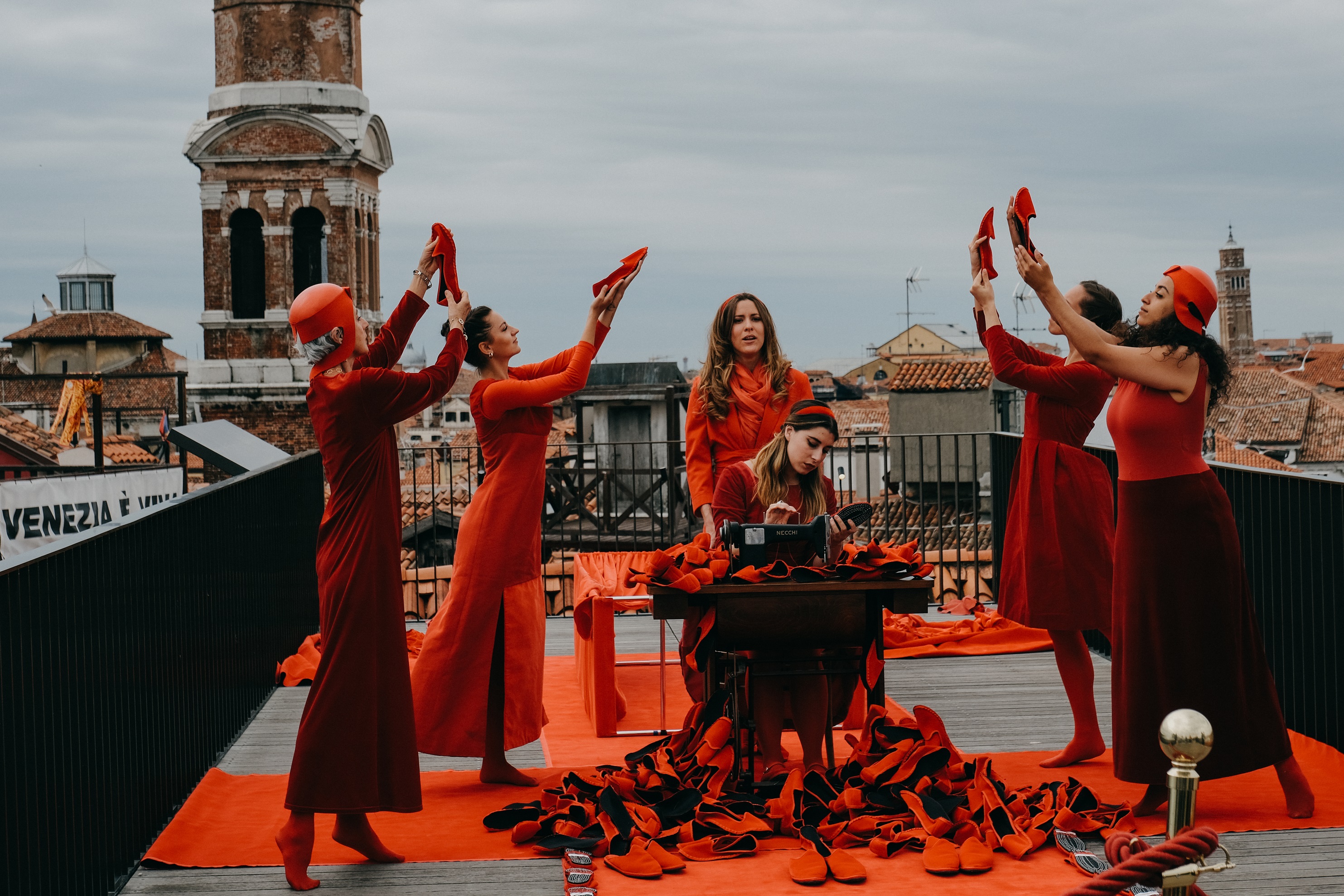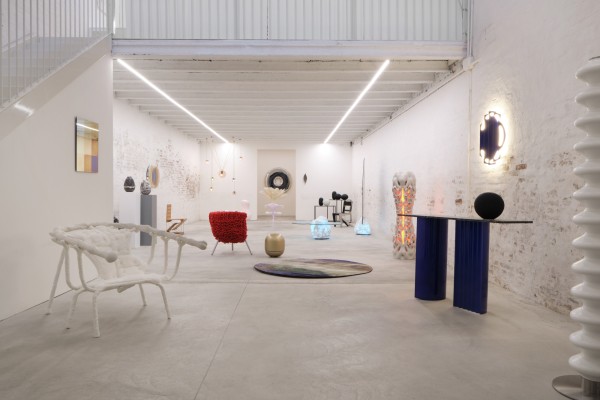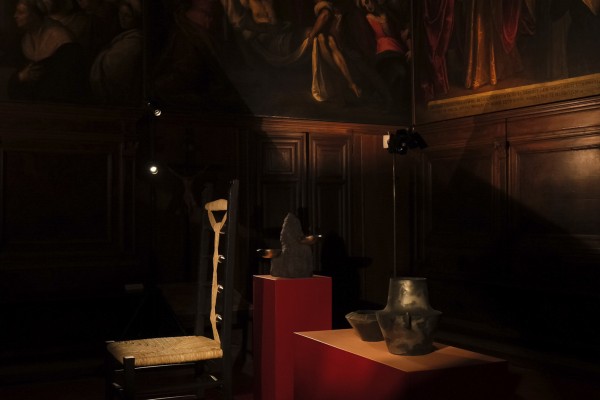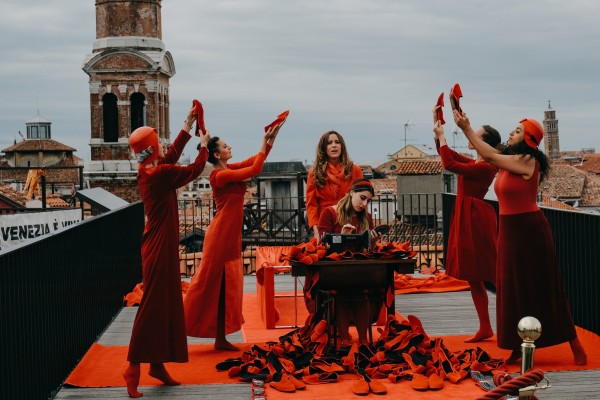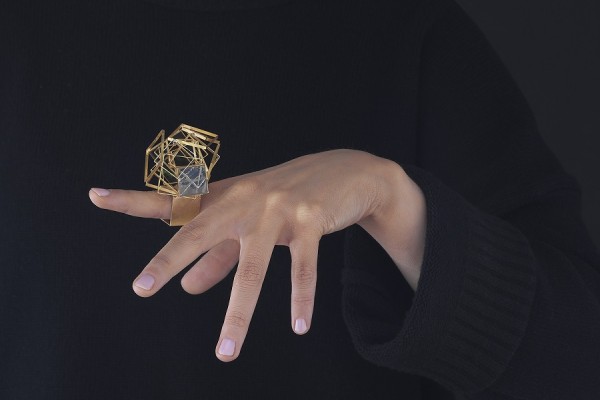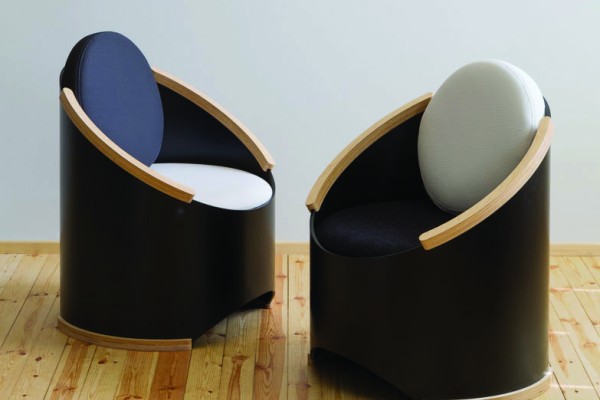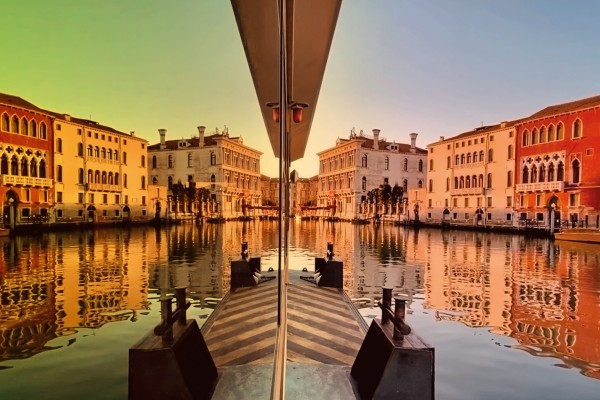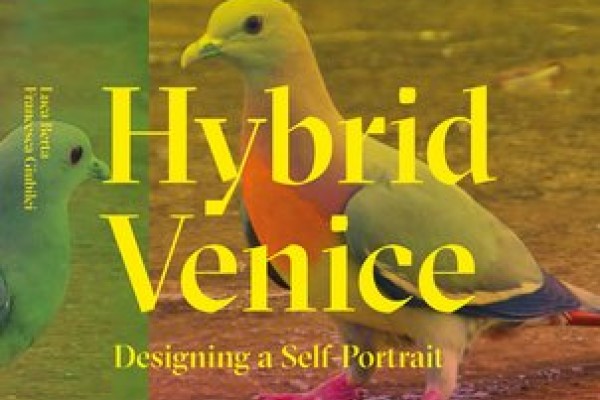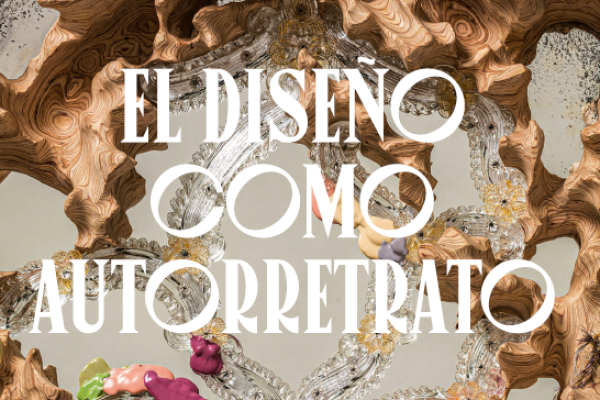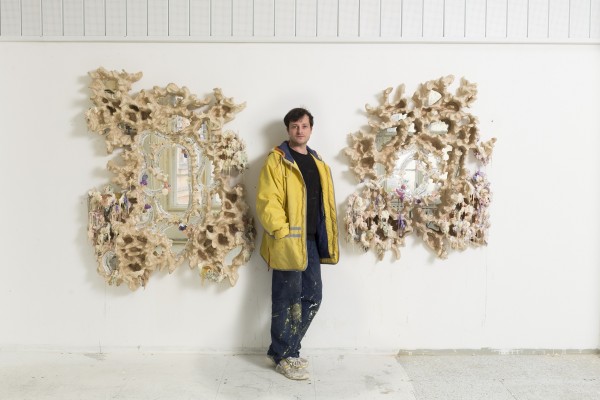The 2021 edition of the Venice Design Biennial couldn’t be, as planned, the simple continuation of the previous ones. We all went through a difficult 2020 and are still navigating turbulent waters.
For this reason we wanted to present the 3rd edition as an adaptive attempt to bring back design and contemporary creativity to reality, connecting Italian and international design researches to the urban structure of Venice even more than we did in the past, if possible.
From May 20 to June 27, the Venice Design Biennial presented 5 Main Exhibitions, spread in monumental and iconic venues across the city. The core of this third edition was enriched by a selected series of Collateral and Suggested Projects.
All the 5 Main Exhibitions focused on Design As Self Portrait curatorial theme.
Curatorial theme
The self-portrait has not always existed in the history of art. Absent in antiquity and with first examples traceable back to the Middle Ages, it was only during the Renaissance that self-portraiture became a genre of art in its own right.
In recent decades, the self-portrait has ceased to belong exclusively to artists. Everyone is invited to portray themselves even from early school years, and there is no lack of tools or spaces with which a self-portrait can be achieved. The categories of political, religious, sexual and cultural belonging, that in the past defined a secure perimeter for a person’s notion of identity, have now faded. Moreover, the Internet has created a universally accessible and free space for self-expression. Everyone creates a representation of one’s self in a space of free fluctuation, a space in which identity becomes a design object. And this concept of identity as design is reiterated through the choices everyone makes, when it comes to what they link to their bodies and the spaces to inhabit, through objects, devices, clothes, physical locations, and virtual spaces. We are all ‘curators’ of ourselves, self-designers expressing ourselves through the consumption of products or experiences of our choosing and through the ways in which we communicate these choices to others.
As it often happens, the transformations within social practices manifest alongside the advancement of available instruments. About 500 years ago in the 16th century, the production of a flat, non-convex glass mirror was perfected in Venice, creating a mirror image of whatever was in front of it with a level of precision that was previously unattainable. And thus, the self-portrait was born. In 2010, approximately a decade ago, the iPhone 4 was released with a front facing camera. The self-portrait was revolutionised.
The exhibition Design As Self Portrait looked at the increasingly important role of design in how we choose to communicate our identity, exploring the continuous play between use and representation, between reality and virtuality. The chair I choose to purchase for my kitchen, the interior design of the space where I choose to take a selfie. Importantly, the exhibition embarks on this investigation starting with the observation that forms of self-representation are assimilating to the practice of design itself. Design no longer only characterises what the specific object is, but also how we choose to define ourselves.
Our self is the latest design product that we have begun to navigate.
We thank the partners who supported us: Art Council England, Centro Ceco di Milano, Museo Archeologico Nazionale Venezia, T Fondaco, Gioielli Nascosti di Venezia, Fondazione Venezia Servizi alla Persona, I.P.A.V.

